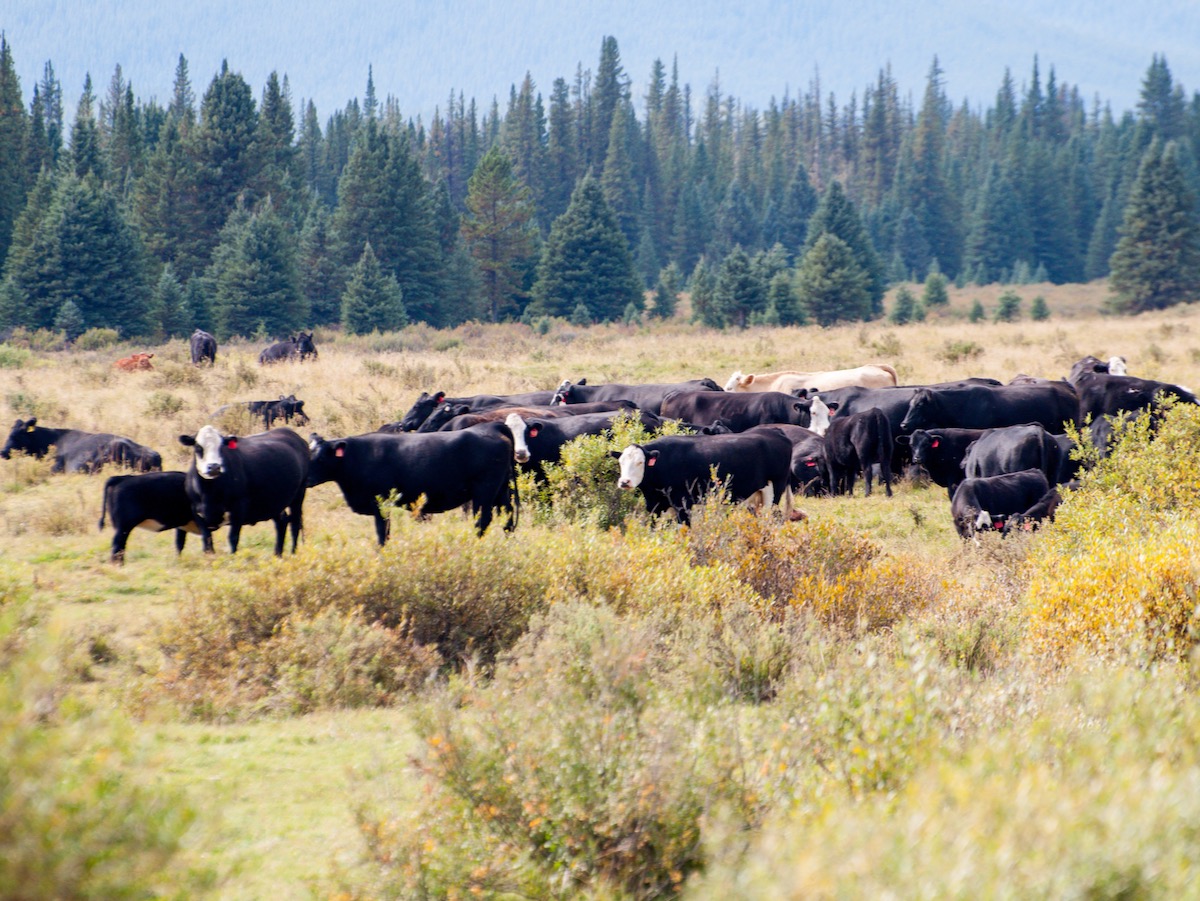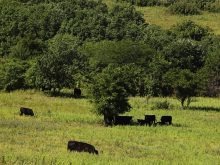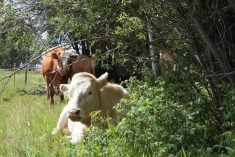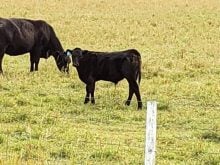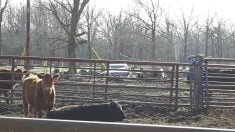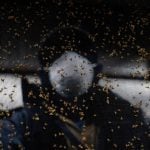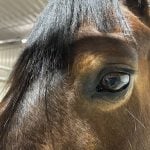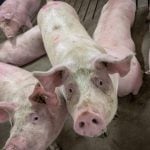Over the last decade or so, artificial insemination (AI), not to be confused with the other AI (artificial intelligence), has seen an upsurge in the commercial cattle population.
This has been happening for a lot longer in the purebred cattle industry and a lot of the reasons are the same.
If one is considering AI in cattle or increasing what you do, this article will review the pros, then outline some other considerations.
Read Also

Gentle treatments for pain in the neck
Heading toward year-end, people unknowingly tense up against the cold and busyness, causing neck pain that can often be treated with appropriate support and gentle mobility, athletic therapist Kathlyn Hossack says.
There has always been a very high percentage of dairy cattle bred with AI. Dairy farmers now use the best genetics for milk production with sexed semen and then on lower-end cows with beef bulls in an AI program.
There are also several marketers of beef bulls where the cost differs, depending if one is using semen in commercial cattle or purebred cattle herds.
Artificial insemination has always been a way to individually match the cow to a bull deemed to be the best fit. A producer who likes specific genetics and wants to steer the growth of his or her herd in a certain direction can accomplish their goals quickly with AI.
What has allowed more people to use this well-established technology is the fact that synchronized breeding of groups makes efficient use of labour and handling facilities. The labour of heat detection is somewhat gone, but not entirely. You can make the best usage of AI technicians and top-end bulls can be owned and utilized by several owners. One owner may have the walking rights and others can use semen collected from these bulls.
There is a lot more collection of bulls’ semen for owners’ use only by AI service providers and other CFIA-licensed veterinarians. If a bull has multiple shared owners, they all can use this owners’-use-only semen, as they are legitimate owners of the bull.
Synchronization protocols have improved over the years, whereby most in the beef world run what they call a seven-day co-sync program, which includes an intravaginal device that releases progesterone. These go by the name of CIDR or PRID and each have a different gun to gently and cleanly place them in the vagina of the female you are synchronizing.
The prostaglandins the veterinary community uses in these programs to bring the cattle into heat have not changed in decades, but there have been some changes to the GNRH products you use in the synchronization.
Most of the products, like Fertiline or Fertagyl, are the same. One with a different molecular formula has been out for a year, called Gonavet.
Whoever is helping set up your synchronization program, be it your veterinarian, embryo transplant veterinarian, AI specialist or even nutritionist, will have their preferences. The main drugs to set up the programs need to come from your veterinarian. All large-animal cow-calf veterinarians will have a specific protocol they follow, as timing with everything is critical.
It is extremely important that nutrition, including minerals and vitamins as well as energy and protein, are looked after in the diet. Lice and internal worms need to be at a minimum and of course cows should be vaccinated for the main reproductive diseases, IBR and BVD, and others if prevalent in your area.
Cows and heifer calves need to be in good body condition because if they aren’t cycling naturally, a synchronization program will not help them. Just like with natural breeding, all these nutritional and health factors must be looked after to get maximal conception rate.
You or your AI person need to be very up to date on the best way to thaw semen, get the gun ready, load the straw and get the cow/heifer clean in order for the dose to enter the vagina and thread the cervix.
A good handling system is imperative, because with the synchronized cattle, the third time through the chute is the one in which they are inseminated.
At breeding time, the team must be co-ordinated; I never set up more cows than the technician or technicians can process in two hours. That way there is no worry about getting your timing out — and it is critical, as the name “timed AI” would suggest.
Conception rates can be right up there with those from natural breeding, with better setups and AI education.
Remember, too, that when synchronize-breeding a large group, those that don’t conceive will be somewhat synchronized in their heats the next time around, so will still need a fair amount of bull power unless they are being bred with AI a second time.
It is great to see the enthusiasm with the next generation of cattle producers taking up AI.
Labour can be a bit higher with AI, but genetic gain could be higher and the individual mating plan can have advantages.
There can be cost savings on bulls and with the ability to freeze semen, the genetics of a bull can be retained and used long after that bull is gone.
Most producers put lots of effort and thought into the next breeding season. AI has really been rejuvenated and with all the new technologies of sexed semen and synchronized breeding, lots of options are available.
Whether using better-quality bulls or AI, the genetic gain in increased performance, health, feed efficiency and reproduction can yield better returns.

